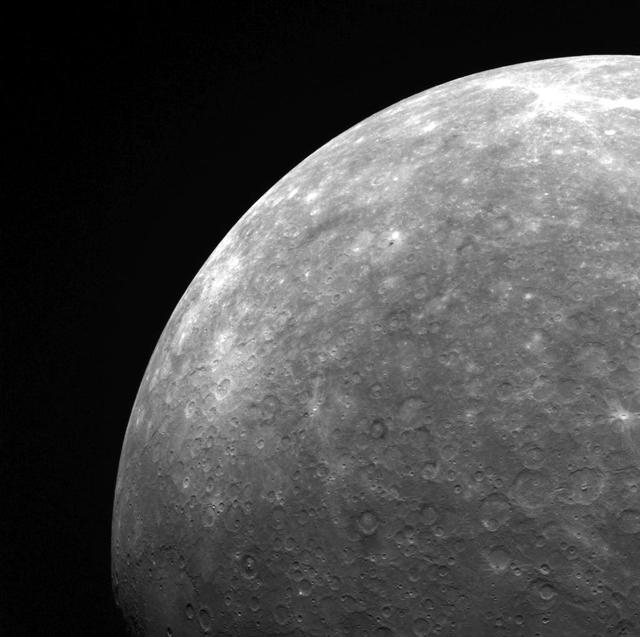Starwatch for September 2020
Written by Karl Hricko on September 16, 2020
Hello! I’m Karl Hricko of United Astronomy Clubs of NJ and the National Space Society, bringing you the September Starwatch for WNTI.ORG
Who compared motion of the planets to the sound of music?
It was Johannes Kepler, known for his three Laws of Planetary Motion.
Later in 1619, he wrote “The Harmony of the World”. In it he made a connection between frequency of planet orbits and frequency of musical pitch. Together, the planets produce the Music of the Spheres. Mercury is the soprano, Venus and Earth are altos, Mars is the tenor, and Jupiter and Saturn are Basses.
Hharmonic relations are now known to be crucial, through the mechanism of dynamic resonance – the vibration of one object causing a vibration in a second object, at the same frequency. This is of central importance in our current understanding of the motions of planets and moons in our solar system.
In their harmonious frequencies, Mars is seen looking east at 11 pm in Pisces. Looking south, you’ll see Saturn and Jupiter from left to right in Sagittarius at 8 pm. The moon comes sliding in just below Jupiter at the end of the month. At dawn, Venus is visible in the east in Cancer. The waning crescent Moon marches down the sky past Venus through the month. Mercury is not clearly visible close to the horizon after sunset. So as you look up at the heavens, this month, you may not hear the music of the spheres, but you will see the rhythm of the planets.
Until our next Starwatch – Don’t forget to check out …What’s up in the night sky!




